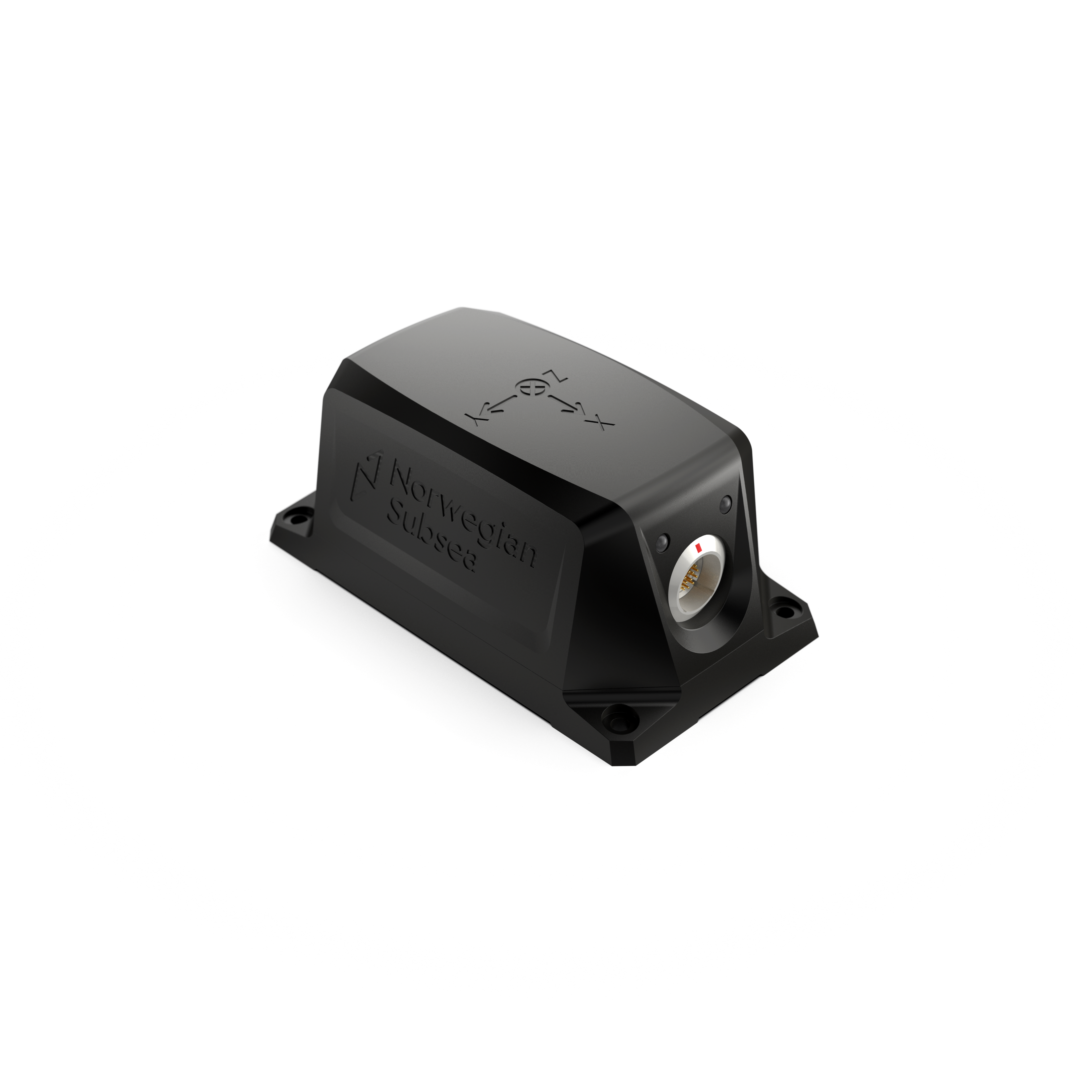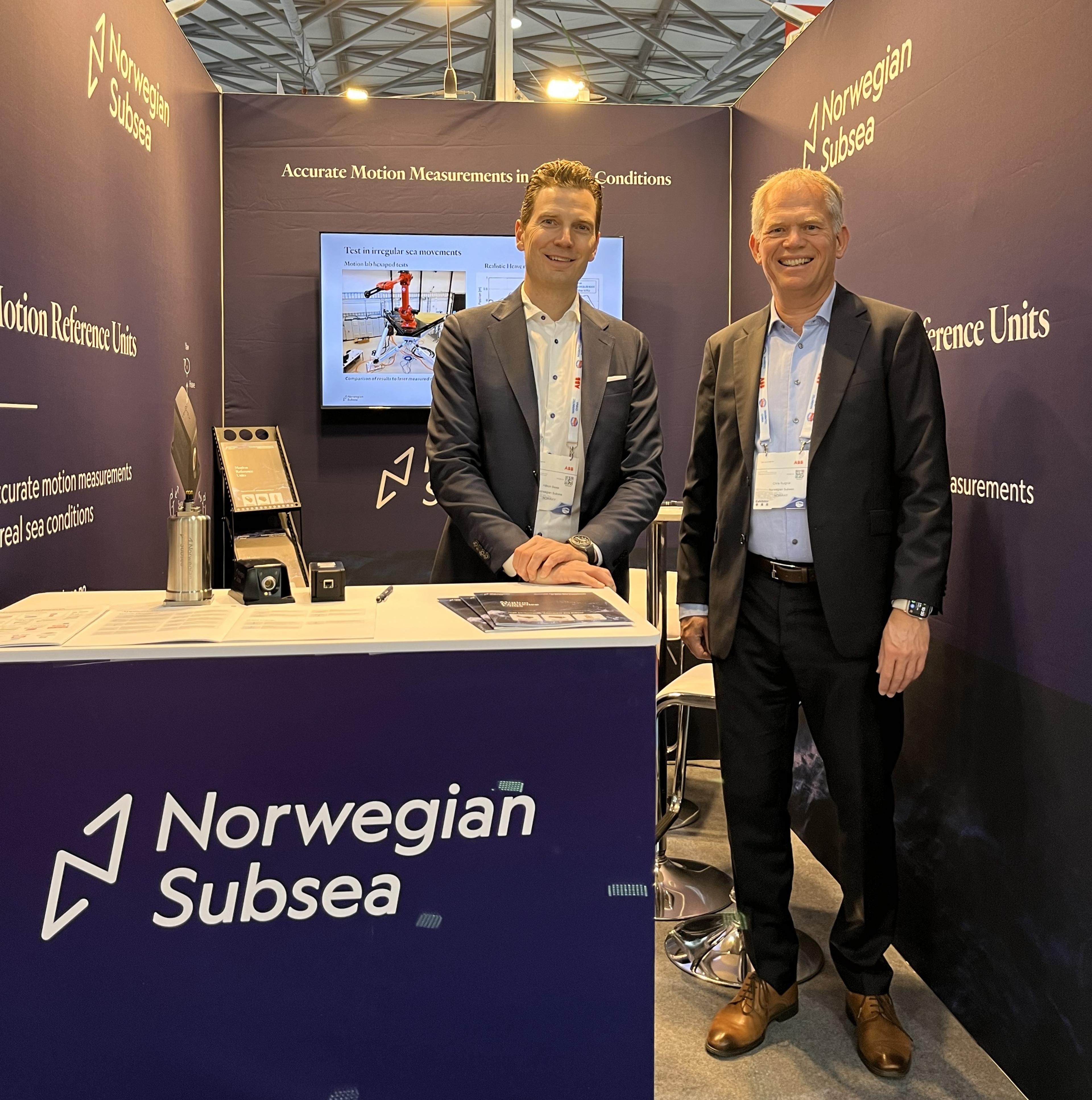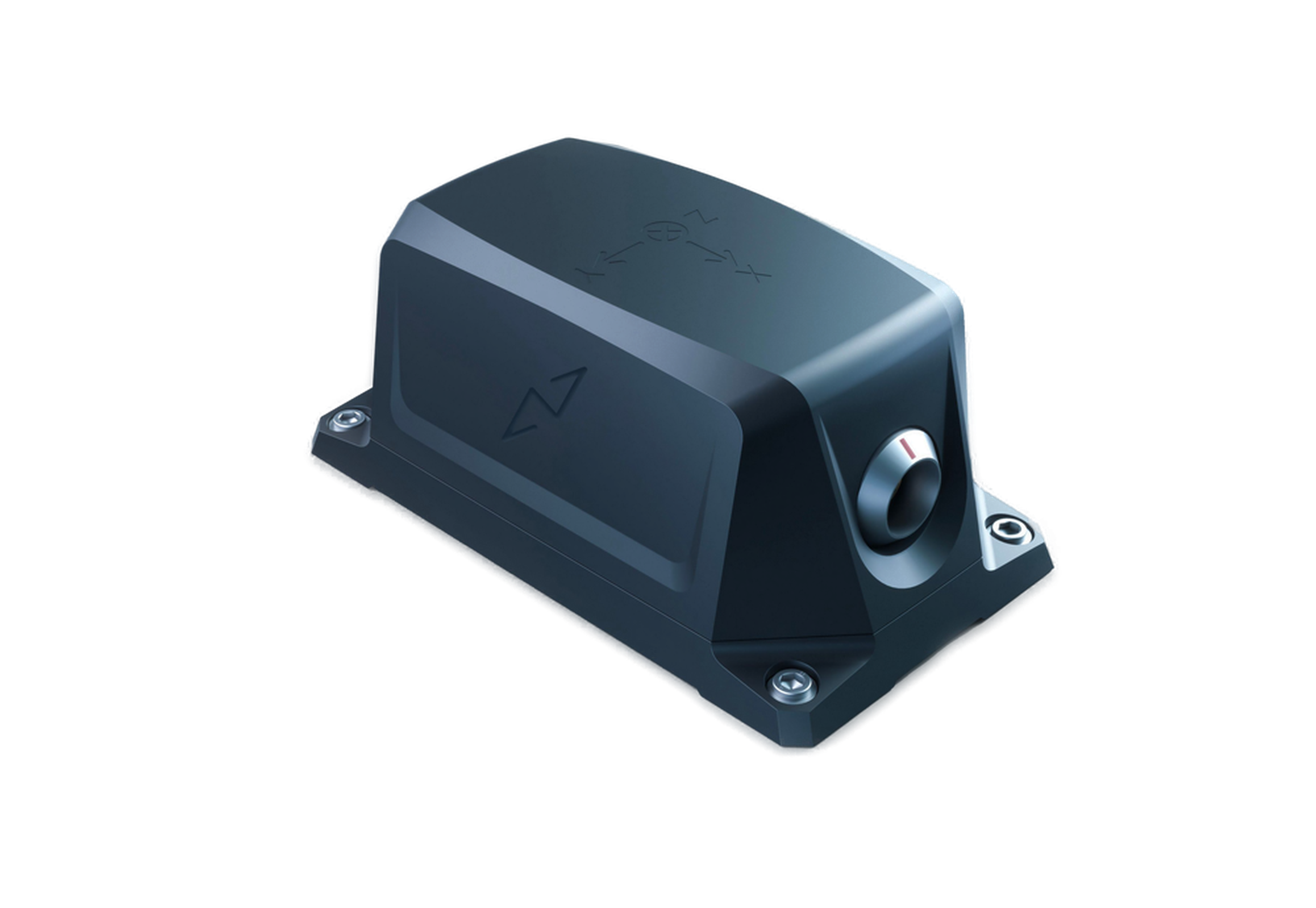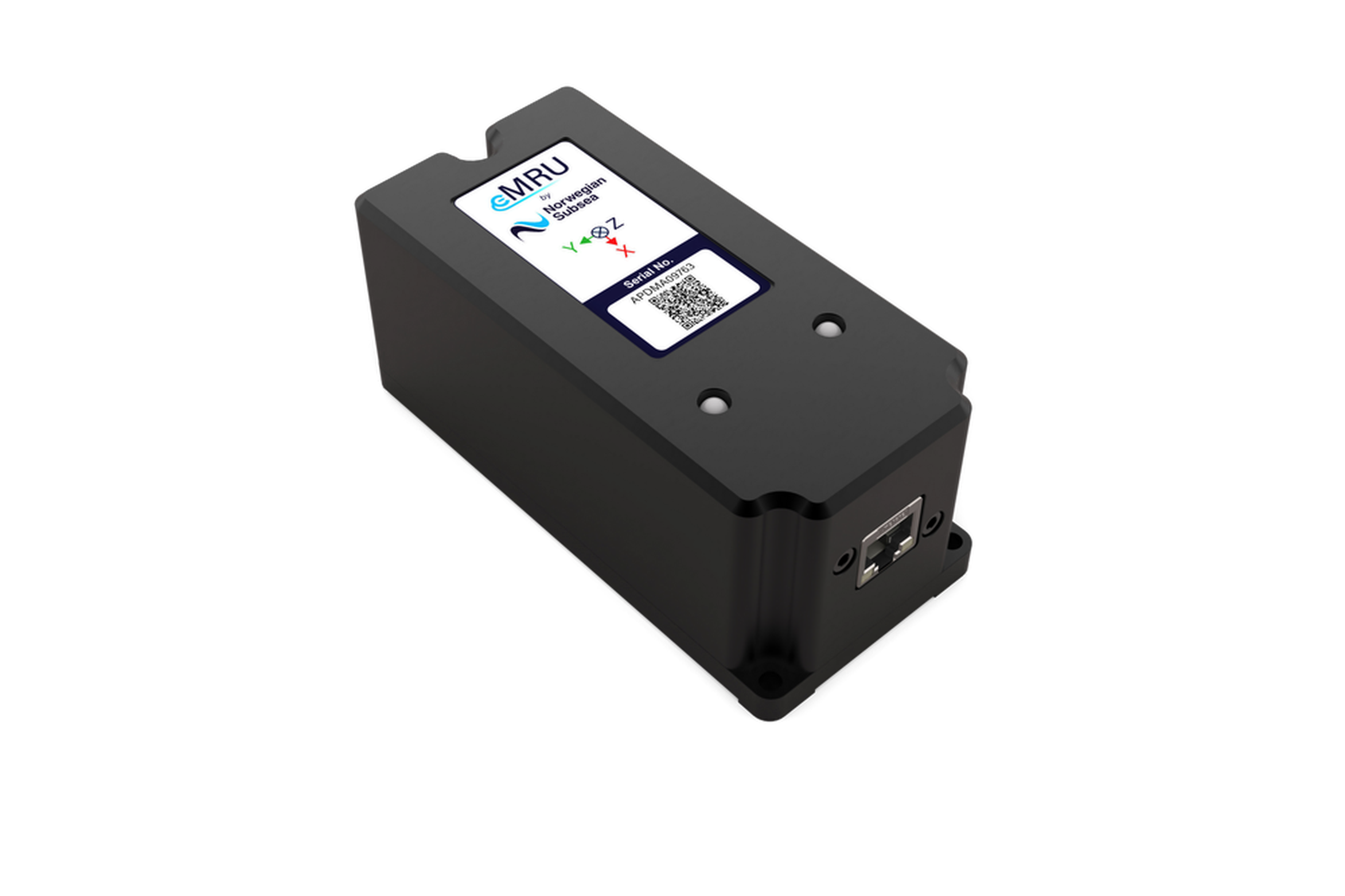Related questions
- Read the full answer
The MRU Marine is IP-68 rated with Lemo connectors and LEDs. The Marine SW supports 50m depth, uses SubConn connectors, and comes in two versions differing by available output combinations.
- Read the full answer
A gyrocompass determines true north using gyroscopes and Earth's rotation, not magnetism. It’s essential for heading accuracy in marine and aerial navigation, though performance may vary at extreme latitudes.
- Read the full answer
Motion monitoring is a cornerstone of safety, operational efficiency, and asset protection in the offshore industry: whether on vessels, platforms, or subsea equipment.
Further reading

Advanced motion compensation for sonars introduced at Ocean Business 2025

MRUs for vessel performance optimisation in focus at Europort 2025

Connecting with the Chinese Maritime Sector at Marintec 2025
Related products

Usage area
50 m depth, IP 68
Connectors
Lemo or SubConn 8 or SubConn 16
Roll & Pitch accuracy
- 3000±0.05°
- 6000±0.02°
- 9000±0.01°
Heave accuracy
5 cm or 5.0%

Usage area
IP 65
Connectors
RJ45 or RJ50
Roll & Pitch accuracy
- 3000±0.05°
- 6000±0.02°
- 9000±0.01°
Heave accuracy
5 cm or 5.0%


